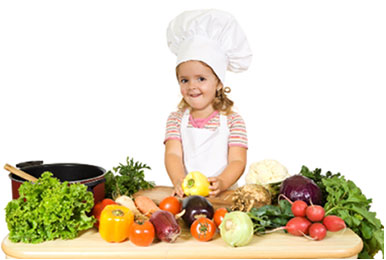Smart Snacks In SchoolWe are focused on the health of our school environment. Our school district has established nutrition standards for all snacks sold in school by any entity, including parent/student organizations, teachers, boosters, fundraisers, or the food and nutrition services department. These standards for snack sales are in effect from any time before school through 1/2 hour after school, in accordance with the Healthy Hunger-Free Kids Act, the USDA and our district Wellness Policy. Non-compliant foods may be sold from 1/2 hour after school through the end of the day. These standards carefully balance science-based nutrition guidelines with practical and flexible solutions to promote healthier eating on campus. Healthy Snack CalculatorsIs Your Snack a Smart Snack? Use the Smart Snacks Product Calculator, developed by the Alliance for a Healthier Generation, to take the guesswork out of nutrition guidelines! Simply enter the product information, answer a few questions, and determine whether your snack, side or entree item meets the new USDA Smart Snacks in School Guidelines. 
Kids often need snacks to help them get enough calories (ENERGY) throughout the day. Choosing healthy snacks that add nutrients, like vitamins and minerals, to their diets is essential. Smart snacking is a great way to meet daily nutrient requirements that may be missed at meal times. Students in our district are offered healthier school meals with more fruits, vegetables and whole grains through the National School Lunch and Breakfast Program. The Smart Snacks in School standards published by the USDA will build on those healthy advancements by ensuring that all other snack foods and beverages available for sale to students in school are tasty and nutritious. Nutrition Standards for FoodsAny food sold in school must:
Foods must also meet several nutrient requirements: Calorie limits
Sodium limits
Fat limits
Sugar limit ≤ 35% of weight from total sugars in foods Accompaniments Accompaniments such as cream cheese, salad dressing and butter must be included in the nutrient profile as part of the food item sold. This helps control the amount of calories, fat, sugar and sodium added to foods. Nutrient Standards for BeveragesAll schools may sell:
Elementary schools may sell up to 8-ounce portions, while middle and high schools may sell up to 12-ounce portions of milk and juice. There is no portion size limit for plain water. Beyond this, the standards allow additional “no calorie” and “lower calorie” beverage options for high school students.
 Kids in the KitchenThere are plenty of fun ways to liven up snack time using healthy fruits, vegetables and cheeses. Kids will love creating and eating fun-to-make snacks with you in the kitchen! Click on the image to the right to watch a video to learn about some fun and healthy snack ideas that you can make with your kids in the kitchen. Snacking Tips for Parents
Two Simple Steps to Delicious and Nutritious Snacks
Healthy, Fun Snacks and Desserts for the Whole Family
Healthy, Tasty and Creative Snacks for Kids Visit MealsMatter.org for more snack ideas. |